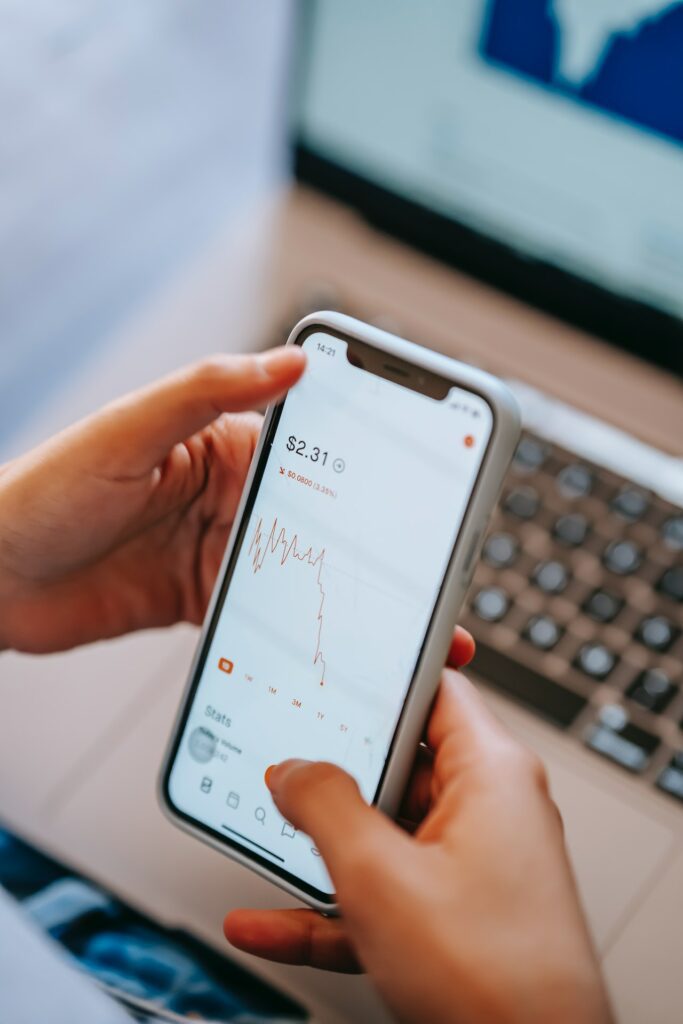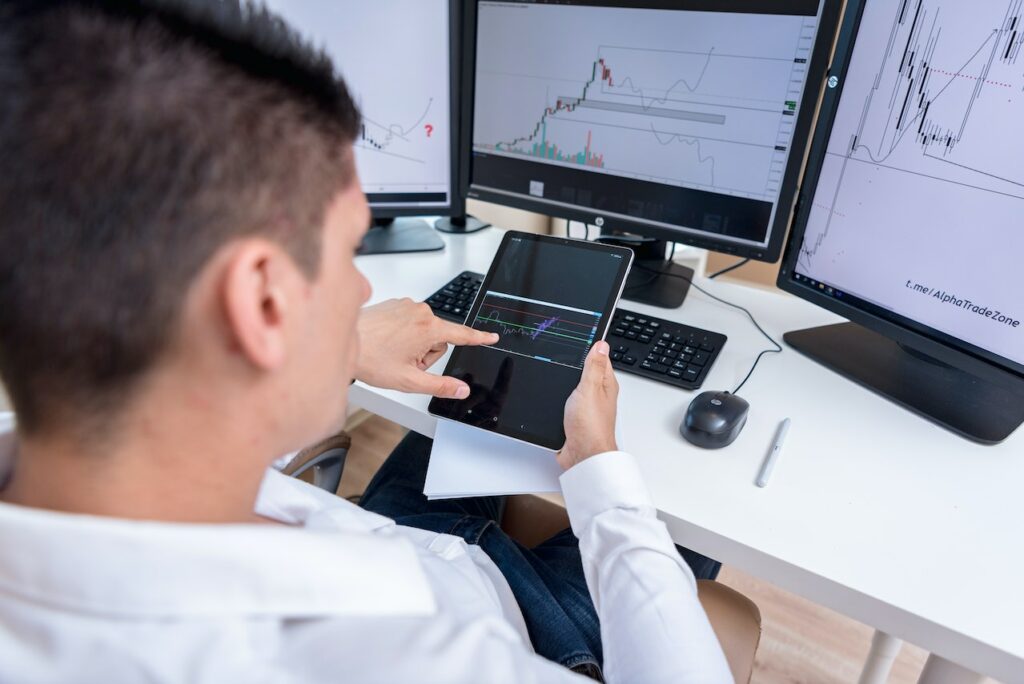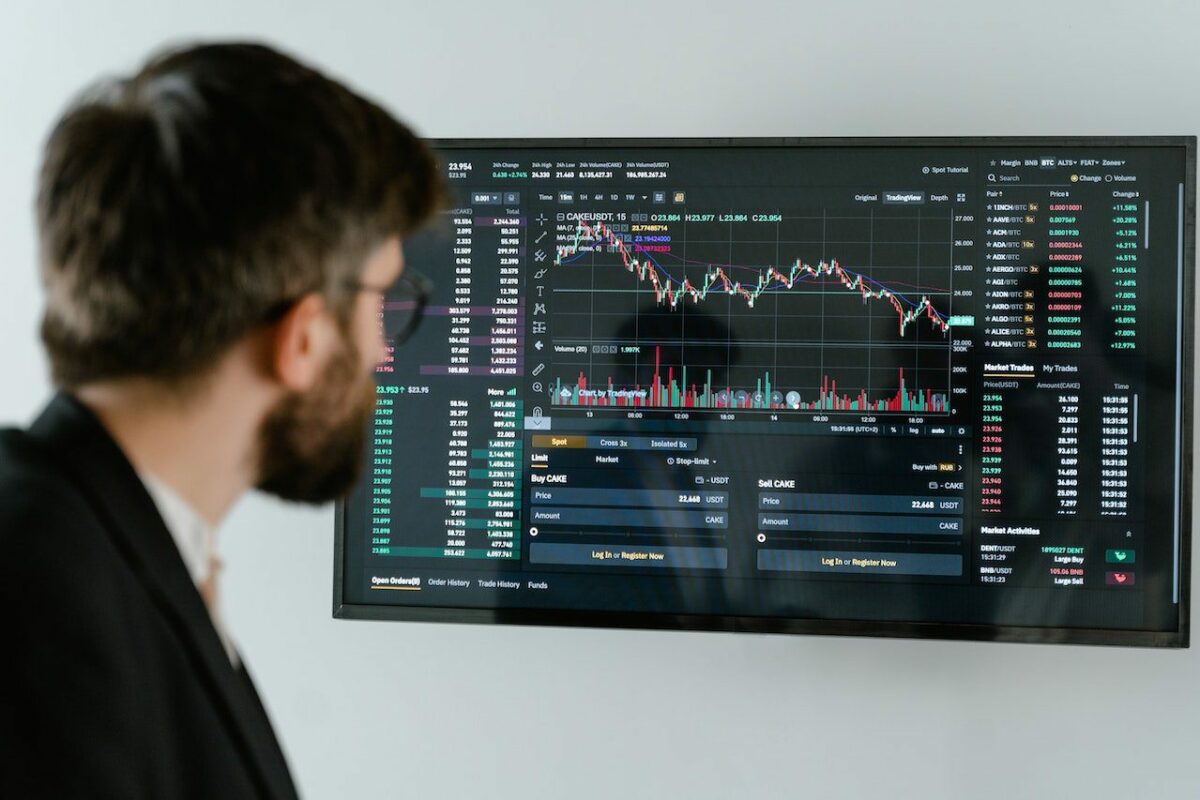Becoming a trader has always been romanticized by course sellers and movies as a job that can make you rich without putting much effort into it.
Even though it is true that people can make a lot of money in the markets, most studies show that the majority of those who try fail at it no matter what investing app they use.
So. Is it possible to become a successful trader? Yes. Is it easy? Not at all. To help our readers in their journey, here are five tips that could put them one step closer to producing positive results from this activity.
Post Contents
Rule #1 – Only Invest With Money You Can Afford To Lose
This is a golden rule of trading that aims to relieve traders from the unnecessary pressure of having to earn money at any cost. Investing with money you cannot lose is a losing formula when it comes to trading as it typically prompts people to make bad decisions.

The reason for this is that losing money that is otherwise needed to cover essential expenditures or pay down debt, to cite a couple of examples, can result in traders ignoring their risk management practices and taking unreasonable gambles to make up for any losses they may have incurred.
Sadly, these decisions typically result in even higher losses and put people in desperate situations and the vicious cycle continues until all the money is gone. This can be avoided by trading with money that you can afford to lose, meaning that these losses won’t affect either your lifestyle or your financial situation to a significant extent.
Rule #2 – Stick To Your System
It is hard, if not impossible, to find a successful trader who does not follow a strict system that they know from head to toe. These systems aim to standardize how they operate in the marketplace by identifying the same kind of opportunities over and over and executing the same kinds of transactions.
Most of these systems are, therefore, repeatable, predictable, and, most importantly, profitable. The profitability of a trading system is typically measured by a metric called the win rate. This metric indicates the percentage of trades that result in a positive outcome.
The higher the win rate, the higher the odds that a trader will turn a profit every month. In some instances, traders may feel tempted to ignore their systematic approach either because they have some gut feeling or due to their inability to identify opportunities within the marketplace. Drifting off the system typically results in poor performance and losses.
Rule #3 – Let Your Winners Run
“Cut your losers fast, let your winners run”.
For most people, cutting losers might not sound too hard as they can use risk management tools such as stop-loss orders to automatically close a losing position whenever the price of the security has reached a certain level.
However, letting winners run can be a difficult thing to do as there is a natural impulse to take any profit available off the table to compensate for the losses the trader may have incurred thus far.
The danger of doing this is that, for a system to be profitable, winning trades must reach a certain level so they can fully offset the losses incurred by the portfolio’s poor-performing transactions.

Rule #4 – Limit The Size Of Your Trades
Portfolio sizing is one of the most important practices to increase the odds of becoming a successful trader. This consists of establishing a maximum percentage of the portfolio that can be committed to a single transaction.
In most cases, traders should allocate no more than 2% of their account balance to a single trade. The idea behind this is to avoid that the negative outcome of a single transaction can significantly affect the performance of the entire portfolio.
Rule #5 – Don’t Get Emotional About Individual Trades
Some traders may feel more comfortable or confident about some trades than others and that is completely normal.
However, there are times when the potential profits that an individual transaction could produce are so high that traders may feel tempted to increase their exposure to those operations beyond the 2%, or any other threshold, that we discussed earlier.
These emotional trades may or may not generate the expected outcome. When they do, it is great news but, when they don’t, they could threaten to blow up even the most thoroughly managed portfolios in a relatively short period.






























